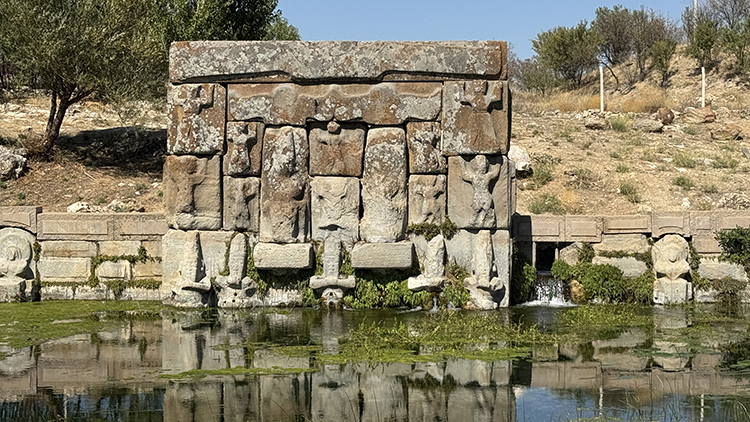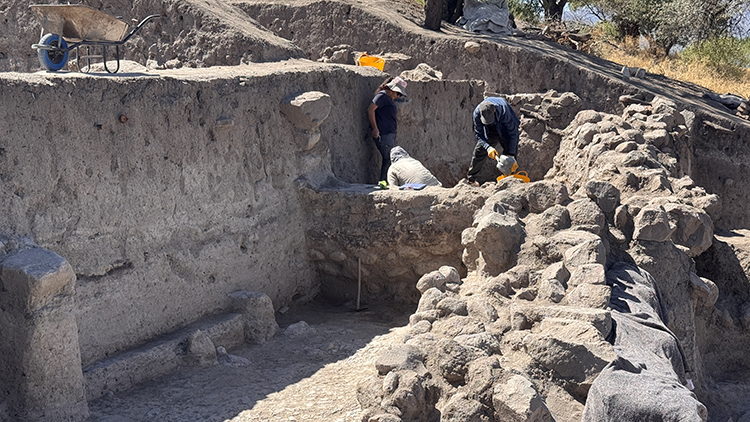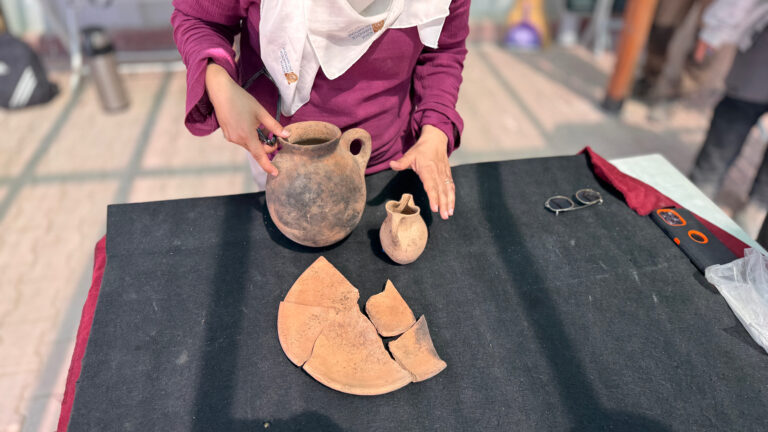
The 3,200-Year-Old Hittite Water Monument Still Flows Despite Drought: Eflatunpınar Defies Time
In the district of Beyşehir in Konya, central Türkiye, the Eflatunpınar Hittite Water Monument, commissioned by King Tuthaliya IV around 1200 BCE, continues to flow after 3,200 years — a striking testament to ancient Anatolian engineering that still resists modern drought. Built directly over a natural spring, the monument combines sophisticated hydraulic planning with deeply

Unbroken Life Through the Ages: 8,000 Years of Continuous Settlement Unearthed at Gökhöyük in Konya
Archaeologists in Türkiye’s central province of Konya have uncovered evidence of an extraordinary 8,000-year span of continuous human habitation at Gökhöyük (also known as Kanal Höyük), located in the Seydişehir district. First identified by British archaeologist James Mellaart in 1954, the site reveals settlement layers dating from the 7th millennium BCE to the 1st millennium

A 5,000-Year-Old Pottery Fragment With a Human Face was Discovered in Konya
Archaeologists excavating Gökhöyük, near Seydişehir in Türkiye’s Konya province, have uncovered a pottery fragment dating back about 5,000 years. What makes the find remarkable is the depiction of a human face carved onto its surface—a rare ritual object rather than an ordinary household vessel. A Settlement Spanning 7,000 Years Gökhöyük, first identified in the 1950s

3,500-Year-Old ‘Kitchen Set’ Discovered at Karahöyük in Türkiye’s Central Anatolia
Archaeological excavations in Karahöyük, located in Konya’s Meram district, have revealed striking finds that shed light on everyday life in central Anatolia around 3,500 years ago. A complete kitchen set consisting of a jug, a plate, and a handled cup, along with silver plates wrapped in cloth, children’s toys, figurines, and cremation burials, has been
